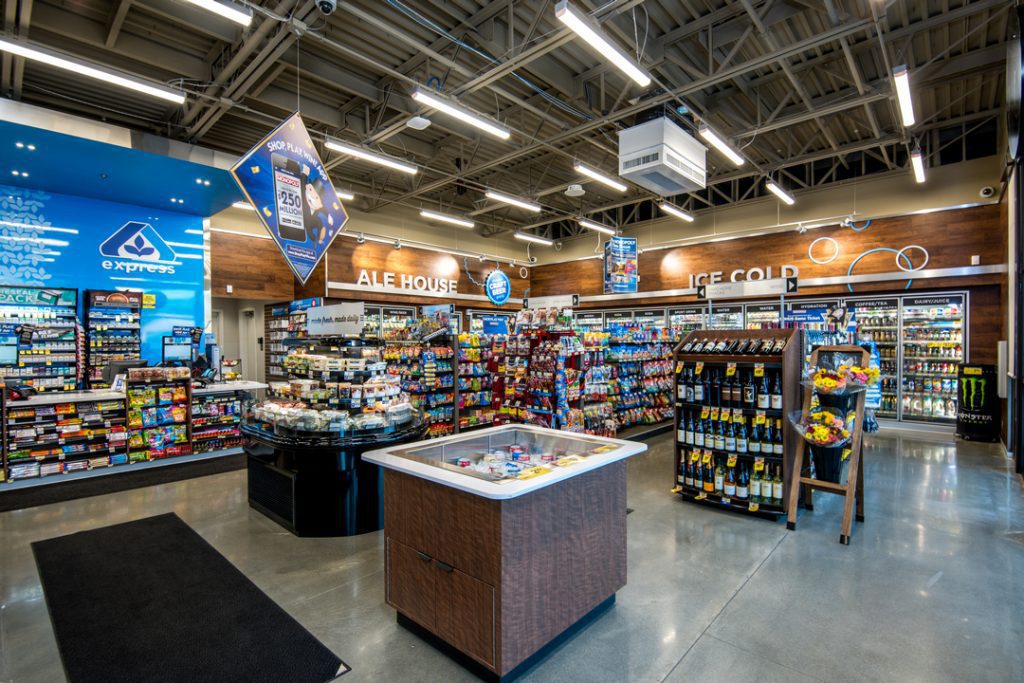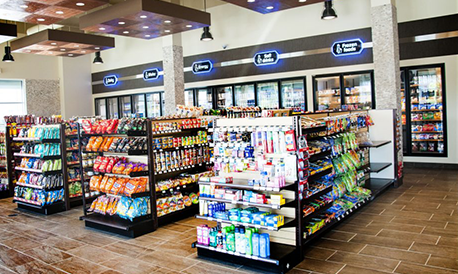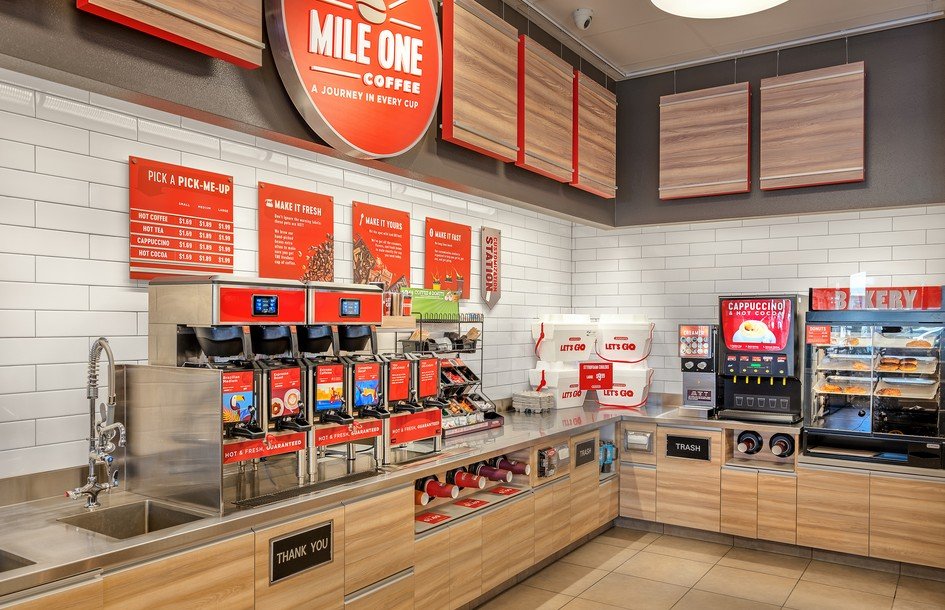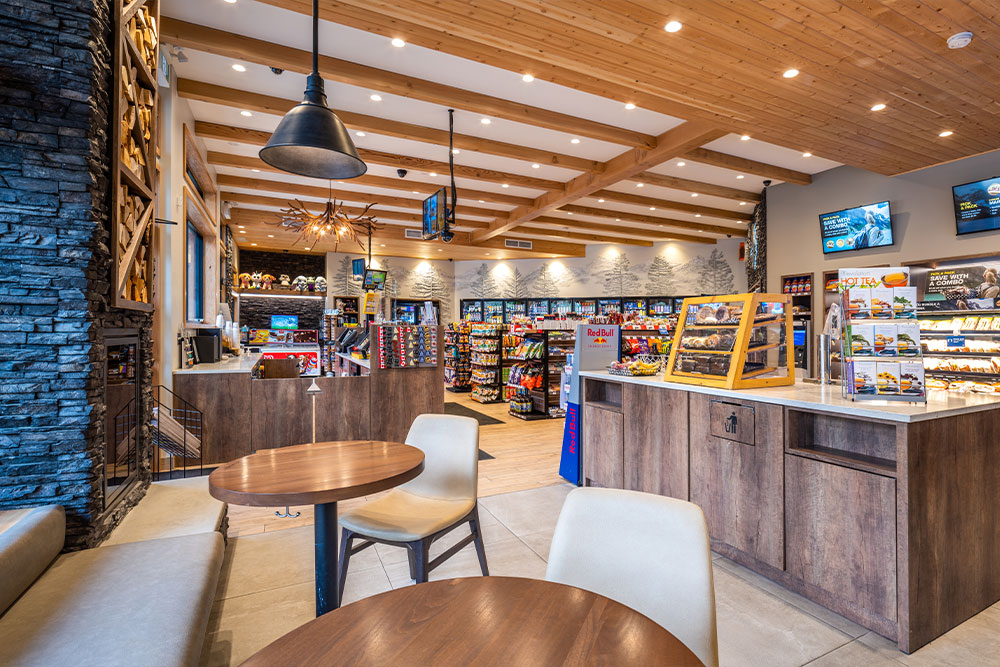As a former convenience store owner, I know firsthand how essential an inviting interior design is to attracting customers and boosting sales. A well-designed space not only enhances the shopping experience but also encourages customer loyalty. In this article, I’ll share essential tips, personal insights, and strategies for creating the perfect interior design for your convenience store.
Why Interior Design Matters for Convenience Stores
Convenience stores play a vital role in our communities by providing quick access to essential goods and snacks. However, with the rise of online shopping and larger supermarkets, it’s crucial to provide an experience that stands out. Here are a few reasons why interior design is important for convenience stores:
- First Impressions: Customers form opinions within seconds of entering your store. A clean and organized layout can immediately attract them.
- Customer Flow: Thoughtful design can guide customers through the store, encouraging more purchases.
- Brand Identity: Unique aesthetics can strengthen your brand and differentiate you from competitors.
Key Elements of Convenience Store Interior Design

1. Store Layout
Understanding how to layout your store effectively can dramatically enhance customer experience. Here are a few common layouts:

| Layout Type | Description | Pros | Cons |
|---|---|---|---|
| Grid Layout | Utilizes long aisles to create a predictable path for customers. | Efficient use of space; easy to navigate. | Can feel impersonal or monotonous. |
| Racetrack Layout | Circulates customers around a perimeter and then leads them through aisles. | Encourages impulse buying; promotes product visibility. | Requires more space; may lead to congestion. |
| Free-Flow Layout | Less structured layout that allows for flexibility and creativity. | Encourages exploration; promotes a unique shopping experience. | Can confuse customers without clear paths. |
2. Color Scheme

The colors used in your store can significantly influence customer behavior. Here’s what to consider:
- Warm Colors: Colors like red, orange, and yellow can stimulate appetite and attract attention.
- Cool Colors: Shades of blue and green can create a calming effect, encouraging customers to stay longer.
- Brand Colors: Utilizing your brand colors consistently strengthens brand recognition.
3. Lighting

Lighting plays a crucial role in setting the mood of your store. Here’s how to effectively use lighting in your convenience store:
- Ambient Lighting: General lighting that provides sufficient illumination for the entire store.
- Task Lighting: Specific lighting for checkout areas or promotional displays.
- Accent Lighting: Highlight key products or features, creating visual interest.

Personal Experience
In my own convenience store, we changed our lighting fixtures to LED options, which not only reduced our electricity bill but also made the store feel brighter and more welcoming. Customers often commented on how much more pleasant shopping felt with the new lighting.
Creating a Welcoming Atmosphere

1. Signage
Effective signage is vital for guiding customers and providing information. Here are some tips:
- Use clear and concise language.
- Incorporate your brand’s colors and logo.
- Position signs at eye level for maximum visibility.
2. Product Placement
Strategically placing products can influence buying decisions. Consider these principles:
- Impulse Items: Place these near the checkout to encourage last-minute purchases.
- High-Margin Items: Position these at eye level for better visibility.
- Seasonal Promotions: Use end caps to showcase seasonal products or discounts.
3. Cleanliness and Maintenance
A clean store is inviting and reflects good management. Regularly scheduled maintenance should include:
- Daily cleaning of surfaces and shelves.
- Weekly reviews of product displays for freshness and organization.
- Monthly maintenance checks on fixtures and equipment.
Incorporating Technology
1. Digital Signage
Digital signage can enhance customer engagement. Consider these benefits:
- Dynamic content that can be updated quickly.
- Attracts attention with moving visuals.
- Can display special promotions and events.
2. Point of Sale (POS) Systems
Investing in modern POS systems improves efficiency and customer experience. Key features to look for include:
- Mobile payment options.
- Inventory management software.
- Customer loyalty programs.
Creating Zones within Your Store
Dividing your store into zones can create a more organized shopping experience. Common zones include:
- Food and Beverage: Highlight snacks, drinks, and ready-to-eat meals.
- Household Essentials: Use this section for cleaning supplies, toiletries, etc.
- Impulse Purchases: Designate a space for items that customers might buy on a whim.
Pros and Cons of Various Design Approaches
Let’s take a closer look at the benefits and drawbacks of different design philosophies:
| Design Approach | Pros | Cons |
|---|---|---|
| Minimalist Design | Creates a calm and uncluttered environment. | May not adequately showcase all products. |
| Eclectic Design | Highly memorable and unique shopping experience. | Could feel chaotic if not managed properly. |
| Traditional Design | Familiar layout that customers know and trust. | May lack innovation or excitement. |
FAQs about Convenience Store Interior Design
What are the essential elements of a convenience store design?
The essential elements include layout, color scheme, lighting, signage, and product placement.
How can I improve customer flow in my convenience store?
By designing an intuitive layout that guides customers through the store and strategically placing products to encourage exploration.
What role does signage play in convenience store design?
Signage is crucial for directing customers, providing information, and enhancing brand identity.
Are there specific design trends for convenience stores in 2023?
Current trends include sustainable materials, digital signage, and community-focused designs that enhance the shopping experience.
Conclusion
Creating an inviting and functional interior design for your convenience store can significantly impact customer experience and sales. By paying attention to key elements like layout, color, signage, and technology, you can create a welcoming atmosphere that keeps customers coming back. Remember, every detail matters from the moment they see your store to the last interaction at checkout. Embrace the art of design and watch your business thrive!